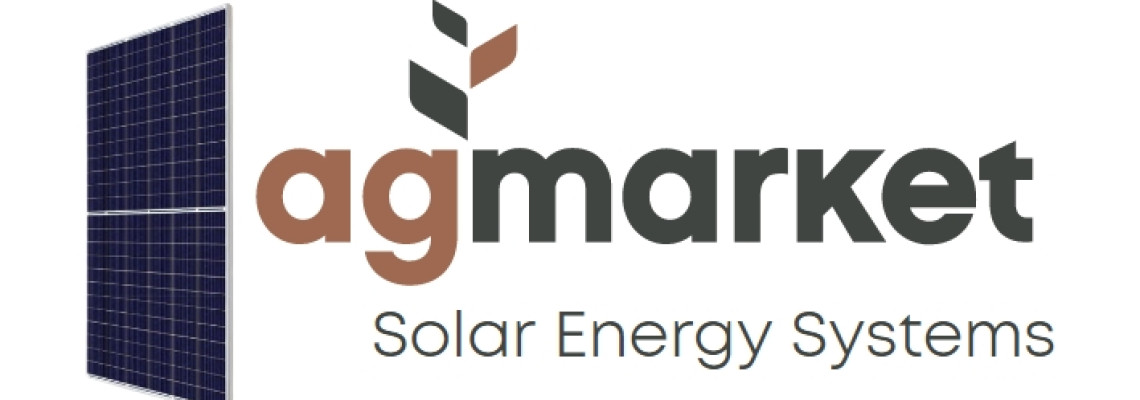Solar Power Systems | Product Education | AgBlogs

As South Africa grapples with load-shedding, many people want
to move away from their Eskom electricity supply and toward alternative power
sources.
Initially, most people turned to a simple inverter and
battery system, but with load-shedding stages that escalated so quickly, these
systems were no match for the large number of cycles. This leads to premature
deterioration of the batteries on the system and shorter battery life spans.
Recently, to combat the problem of severe load-shedding, the
South African government introduced incentives to install solar power systems
to alleviate the massive pressure Eskom is under with its failing
infrastructure.
Many South Africans are jumping on the solar power system
bandwagon because once the upfront installation costs are out of the way, the
generation of solar power costs next to nothing.
Solar power systems are clean, sustainable and affordable in
the long run, but it is worth investigating what the pros and cons are, as well
as what to consider when looking to install a solar-powered system in your
home.
How can a solar panel generate an electrical current?
Sunlight consists of particles of energy called photons that
are absorbed by the panel’s photovoltaic cells. An electron is knocked loose
from an atom within the cell when a photon particle from the sun bumps into a
photovoltaic cell in the panel. This
process creates an electrical field across the layers of the cell. The loose
electron is attracted to the electrical field causing it to flow in a specific
direction. This flow of electrons generates DC electricity.
How does a solar power system work?
These systems generate electricity from solar panels as
described in the process above, which are connected to an inverter to change
the DC current generated to usable AC current, or your normal 12V home
electricity. Normally a solar battery is also installed along with the solar
panels and inverter to store the excess electricity generated by the solar
panels for use at night or during periods when there is much less
sunlight. A charge controller is also
added to the system to regulate the flow of electricity between the solar
panels and the batteries. This ensures the batteries are not overcharged or
discharged. Lastly, a monitoring system tracks the performance of the whole
system, providing information on the amount of electricity generated.
The Pros and Cons of switching to solar.
Switching to solar power has ample advantages:
1.
Cost saving: Solar power systems can help save
money on electricity bills in the long run.
2.
Environmental benefits: Solar is a clean and
sustainable source of electricity.
3.
Independence: Stitching to solar provides a
reliable source of electricity that is not dependent on the energy grid of
South Africa.
However, as with many things in life, there are a few drawbacks
to consider:
1.
High initial investment: Solar systems are
expensive to install for larger homes or businesses.
2.
Weather-dependent: Solar power systems rely on
sunlight so may not be as reliable on days when there is low sunlight or stormy
weather if you do not have energy storage batteries.
3.
Maintenance requirements: Solar panels need to
be cleaned regularly to ensure they perform well. Checking on the batteries
often is also advisable to ensure that your system works as it should.
How do I calculate the size of the solar system needed
for my home?
You can first start by determining your home’s energy
consumption. Review your utility bills for the past year and add up the total
amount of kilowatt-hours (kWh) you’ve used. This will give you an estimate of
the average energy consumption per day if you divide the total for the year by
365. You can also look at your most-used appliances and how much energy they
use. Find this information on the labels of the devices or in their user
manuals.
Calculating the size of your solar power system will depend
on your energy usage and the amount of sunlight in your area.
If a 1-kilowatt kW system can generate around 4kWh of stored
electricity in a day (estimated) then you can calculate the system size by
dividing your average daily consumption by this 4kWh.
For example, if your daily energy consumption is 20kWh, you
would need a solar power system with a capacity of around 5kW (20kWh/4kWh = 5kW)
Where can I find reliable solar power solutions and
components?
www.AgMarket.co.za offers several solar options including
the Sunsynk 8kw inverter and solar combo. This combo includes installation and
the necessary COC certificate.
The Sunsynk 8kw Hybrid inverter offered with this system is a
powerful, versatile inverter that can be used in on- and off-grid applications.
It has a built-in solar charge controller and can support about 8kW of solar
power input. The inverter carries a 5–year warranty.
The 5.1kWh 51V Green Rich Batteries are high-capacity
lithium-ion batteries that can store a large amount of electricity. It is
robust and durable and can provide reliable service for many years. The
Batteries come with a 10-year warranty.
The twelve 550W solar panels are high-performance panels
that can generate a total of 6.6kW of electricity under optimal conditions. The
Solar panels come with a 20 Year warranty.
In conclusion:
Solar power systems are an effective way of ensuring you
have power throughout the day and although the input costs are high, they more
than make up for the convenience of having power when our conventional power
suppliers cannot keep up with the demand of South Africa. For more information,
or to chat with our technical department, give us a call at 010 020 6321
or email us at info@agmarket.co.za.

